
Earth
17:46, 24-Jan-2019
China extends seasonal fishing bans nationwide
CGTN
00:46

China's all seven major bodies of waters are now subject to seasonal fishing bans after the authorities approved the latest fishing moratoriums.
The seven major water bodies include Yangtze River, Yellow River, Pearl River, Songhua River, Huai River, Hai River, and Liao River. From 2002 to 2018, a fishing ban on Yangtze River, Pearl River, Huai River, and Yellow River has been implemented on the national level.

The seven major water bodies in China /CGTN Graphic
The seven major water bodies in China /CGTN Graphic
The fishing bans along the Hai River, Liao River, and Songhua River run from May 16 until July 31 each year, and the annual moratorium on the Qiantang River will last from March 1 to June 30, said the Ministry of Agriculture and Rural Affairs on Monday.
China will implement a perennial ban on fishing in the Yangtze River in stages starting this year, according to the ministry.
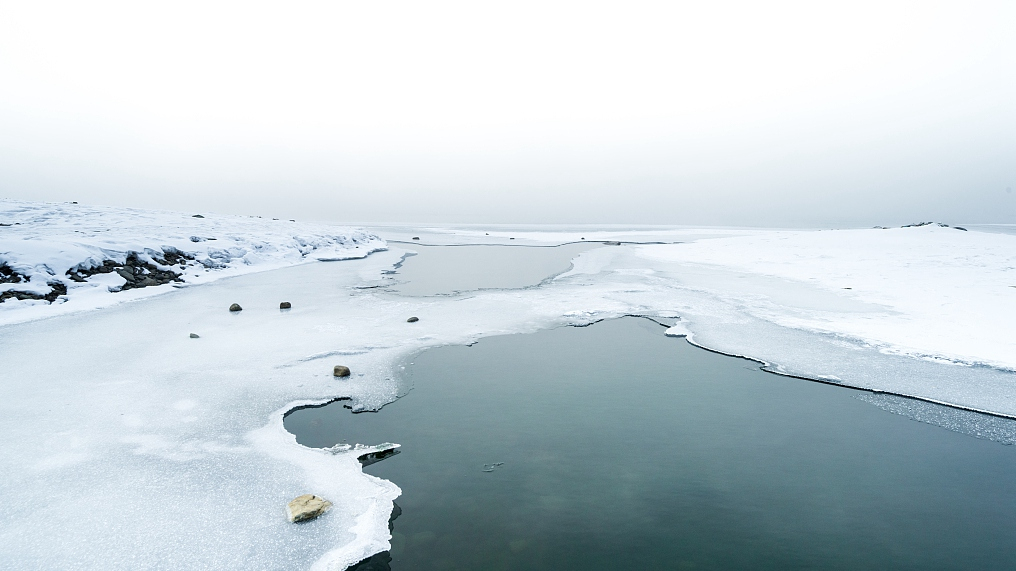
The Songhua River /VCG Photo
The Songhua River /VCG Photo
"Fishery work will be banned across the stem stream and major tributaries of the Yangtze River by 2020. This is to carry out a perennial ban on fishing in the major waters of the Yangtze River for a reasonable period of time. This will allow time to formulate more protection and management policies that will help in the restoration of resources and environment," said Yu Kangzhen, vice minister of the Ministry of Agriculture and Rural Affairs at a news conference on Monday.
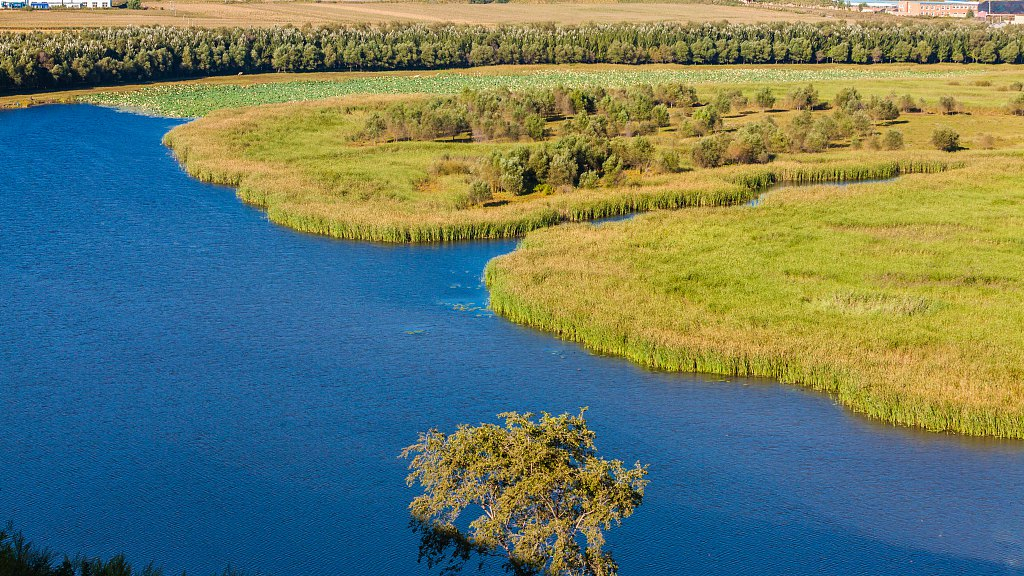
The Liao River /VCG Photo
The Liao River /VCG Photo
Meanwhile, China will also implement policies and measures to provide subsidies and skill training for the retired fishery workers to ensure a stable income, said Yu.
"The fishing ban carried out in the major waters of the Yangtze River aims to alleviate the crisis of declining biological resources and biodiversity in the river over a period of time, so as to lay a foundation to develop and utilize fishery resources in the river more scientifically and rationally," Yu added.
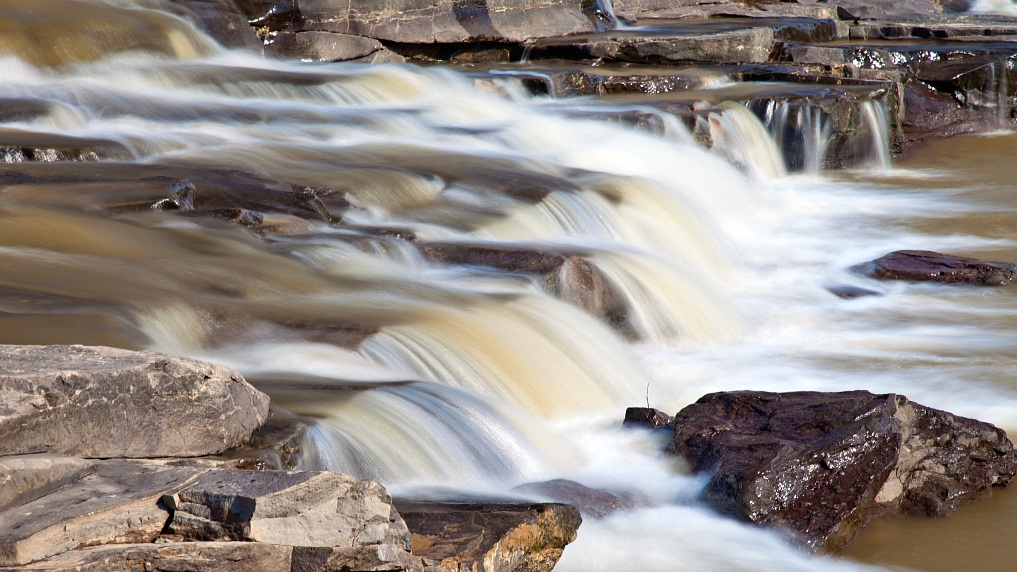
The Yellow River /VCG Photo
The Yellow River /VCG Photo
Local governments mainly solve the temporary living allowance, social security, vocational skill training, and other related work for retired fishery workers with existing policy funding channels. The central government will provide one-time subsidies and transitional subsidies to the local governments.
"The general goal is to actively and steadily guide retired fishery workers to find jobs and start their own businesses, and effectively ensure the basic livelihood of fishery workers with difficulties in finding jobs, so as to ensure that they can be transferred to other work with as few interruptions to their lives as possible," said Yu.
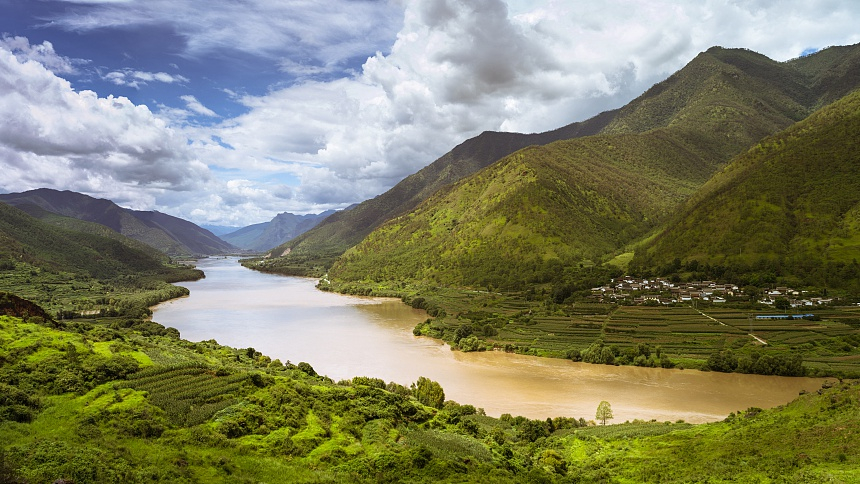
The Yangtze River /VCG Photo
The Yangtze River /VCG Photo
The Yangtze River is home to more than 4,300 aquatic species. In order to protect these rare species and resources, the state and local governments at various levels have established 332 aquatic biological reserves in the river. The work transfer operation for the fishery workers in those aquatic biological reserves is scheduled to be finished this year.
"After the government guides fishery workers to withdraw from fishing through a compensation system, the reserves can achieve the desired state of protection, and these areas will be permanently and comprehensively banned from fishing in the future," Yu elaborated.
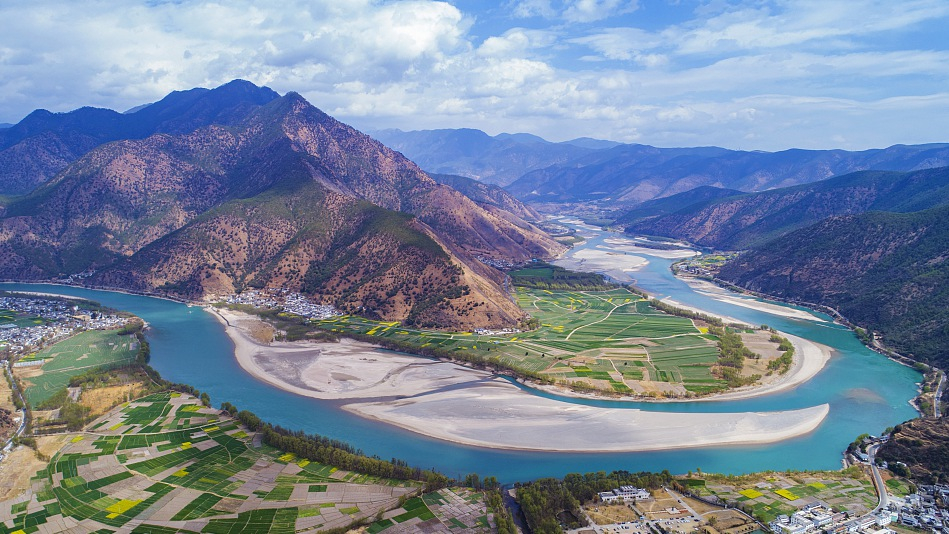
The Yangtze River /VCG Photo
The Yangtze River /VCG Photo
In terms of the waters beside the reserves, Yu said, a management system that integrates protection and recovery with sustainable utilization will be implemented.
"Therefore, the implementation of a 10-year fishing ban in the waters beside the stem stream and major tributaries of the Yangtze River is tentatively scheduled. After that, some more protection and management policies on the aquatic living resources will be made when the fishery resources are restored effectively," said Yu.
(Top image via VCG: An aerial shot of the Yangtze River)

SITEMAP
Copyright © 2018 CGTN. Beijing ICP prepared NO.16065310-3
Copyright © 2018 CGTN. Beijing ICP prepared NO.16065310-3